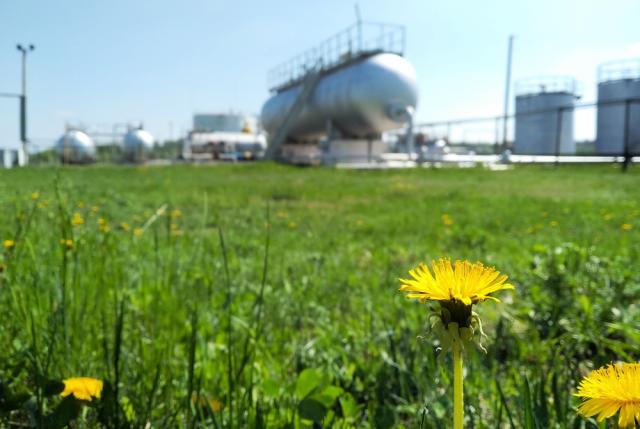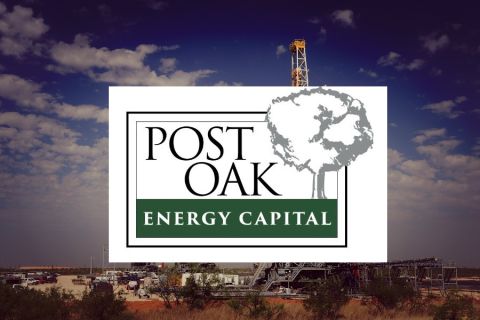
(Source: ROCSOLE)
Subscribe now to get unmatched and complete coverage of the Energy industry’s entire landscape!
View our subscription options-
Access to site wide content
-
Access to our proprietary databases
-
Watch exclusive videos with energy executives
-
Unlimited access to an extensive library of Playbooks, Techbooks, Yearbooks, supplements, and special reports
-
Newly Added! Access to Rextag's Energy Datalink, containing extensive GIS databases of energy assets, production records, processing capacities, physical locations, planned projects, acquisition records, and much more.
Recommended Reading
Permian E&P Midway Energy Partners Secures Backing from Post Oak
2024-02-09 - Midway Energy Partners will look to acquire and exploit opportunities in the Permian Basin with backing from Post Oak Energy Capital.
Enbridge Advances Expansion of Permian’s Gray Oak Pipeline
2024-02-13 - In its fourth-quarter earnings call, Enbridge also said the Mainline pipeline system tolling agreement is awaiting regulatory approval from a Canadian regulatory agency.
BP’s Kate Thomson Promoted to CFO, Joins Board
2024-02-05 - Before becoming BP’s interim CFO in September 2023, Kate Thomson served as senior vice president of finance for production and operations.
Magnolia Oil & Gas Hikes Quarterly Cash Dividend by 13%
2024-02-05 - Magnolia’s dividend will rise 13% to $0.13 per share, the company said.
TPG Adds Lebovitz as Head of Infrastructure for Climate Investing Platform
2024-02-07 - TPG Rise Climate was launched in 2021 to make investments across asset classes in climate solutions globally.





